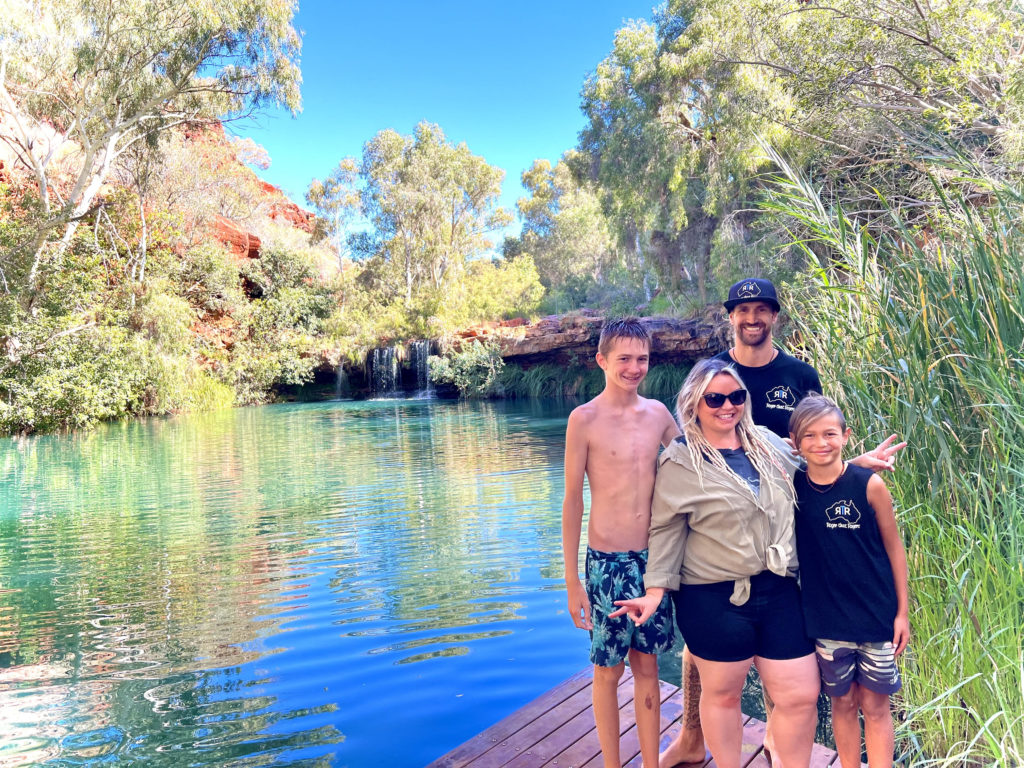
Advice
How to Homeschool Multiple Children

One of the best and sometimes scariest parts of homeschooling is the first time you teach more than one child. Whether you’re new to it or another of your children is now school-aged, it’s likely a place you’ve never been before and may feel overwhelming.
Starting strong can make navigating the unknown a little easier; how this looks will vary by family. It doesn’t have to be an organisational nightmare, especially when you use Euka resources, and here are our top tips for homeschooling multiple children.
Top Tips for Homeschooling Multiple Ages
Using our top tips when teaching multiple ages and grades can transform your experience into an exciting adventure rather than a stressful one. The flexibility that homeschooling brings is an asset to the multiplicity of grades and ages, along with the following ideas:
Start Together in the Morning
Starting each day as a group is one way to bring multiple ages together. Using this time to set tasks for the day, along with the following, is still a learning opportunity and could include the following, which will vary depending on your children’s ages:
- Family read-aloud: Read aloud a novel the whole family can engage in each morning, e.g. The Chronicles of Narnia, the Harry Potter series, Ahn Do’s Weirdo collection or Mr Bambuckle’s Remarkables.
- Practising memorisations: It’s a great time to practice memorisations as a group. Depending on your beliefs, it could include scripture. For others, it could be science facts such as names and order of planets, committing poetry to memory, or learning factual information about Australia’s indigenous history. The possibilities are endless.
- Instrument playing & singing: If you have a musical family, this morning routine is ideal for playing music together and for the little ones, singing a few of their favourite songs.
- Sharing: A morning get-together can also include a time of sharing. It’s a great opportunity for siblings of all ages to practice their listening skills and engage with each other by asking questions. The sharing time could include a presentation of a topic as part of their studies or simply a ‘show and tell’ type of scenario.
Use Time Blocks
While it may mimic traditional class-based education too much for some families, setting subject time blocks can help you manage your child’s school work if it is all in one subject area, e.g. maths, English, science, music etc.
It will only be possible for some subject areas, especially when your child hits high school and is likely working more independently. Still, it can work well for the primary education years.
Although the difficulty level will differ between age groups and grades, focusing on one area when answering questions from each child helps streamline the learning process. As a parent (the educator), there is less pressure to oversee multiple subject areas when using time blocks.
There is still flexibility in this approach, and you don’t need to use time blocks daily, but it can certainly be an asset to your homeschooling routine.
Provide Engaging Activities for Younger Children
Engaging your non-school-aged or kindergarten children can be tricky because their days look different from their older siblings. But giving them interesting things to do can keep them busy. For example, you could get them involved in the following:
- Art lessons: Modifying art lessons for the little ones so they can engage in a bit of messy creativity.
- Music: When your older children have musical instrument lessons, pull out bells, bongo drums and more for the little ones to make noise.
- Read-aloud: Include the whole family in read-aloud sessions. While the younger ones may find it challenging to sit still and listen, just being in the area engages them with the story.
- Play boxes: Create themed play boxes that you rotate and only get pulled out during lesson time for the older siblings. The boxes could include construction items, things that move, dress-ups, STEM items, and so much more.
Another area you could engage your preschool children in includes Euka’s clever kids’ program. The program gives your 3-5-year-olds access to themed activities such as movement, math, literature, science, and more. It helps connect your little ones with their older siblings, and these hands-on activities help empower their love of learning while also keeping them busy.
Assign Free Time or Solo Activities
If you need one-on-one time with one or more of your children in a particular area, giving free time or setting up solo activities for the remainder of the family is helpful. It’s a perfect opportunity for siblings to work on handwriting, do some crafts, have solo reading time, or even play outdoors.
Set aside time for one-on-one learning with the children who aren’t in Euka’s Future Learning Clubs while their siblings are there.
Work Towards Independent Learning
As your children grow older and develop a homeschooling routine, they can do more independent work while you work with their younger siblings. Most teenagers can start their day without direction if their family uses an online learning portal like Euka.
Younger children can also learn to work on their own, especially if they have planned lessons waiting for them. Although independent learning will look different depending on the age of your children, some independent resources include the following:
- Euka’s online & hands-on learning
- YouTube videos
- Learning games
- ABC Reading Eggs
- Audiobooks
- And more.
Find a Balance For Your Family Dynamics
Are you looking for a balance that works for your family’s dynamics? Have you thought about a complete solution that still gives you the flexibility you love with homeschooling? Euka’s Curriculum for each state of Australia and an international option teams online learning with practical activities that enable a smooth homeschooling experience over multiple grades.
We’ve made it easy for you to find tailored programmes that help your child develop their talents and skills through self-paced learning. Please find out more by contacting us and letting us know your family’s homeschooling needs. Let’s get started!

You may also like

Welcome to the first series of Euka Stories. The purpose of this series is to give you a glimpse into the everyday lives of homeschooling families by shedding light on their challenges, triumphs, and trials. Our first story is about one of our family’s – The Rogers, who are travelling around Australia with their 2 […]
Welcome to the first series of Euka Stories. The purpose of this series is to give you a glimpse into the everyday lives of homeschooling families by shedding light on their challenges, triumphs, and trials. Our first story is about one of our family’s – The Rogers, who are travelling around Australia with their 2 […]

More and more parents are finding themselves facing the task of homeschooling without the luxury of time and research. This can occur due to various circumstances such as a sudden change in health diagnosis, a bullying incident, a family’s decision to move, or external factors that disrupt regular school attendance. Accidental homeschooling often involves parents […]
More and more parents are finding themselves facing the task of homeschooling without the luxury of time and research. This can occur due to various circumstances such as a sudden change in health diagnosis, a bullying incident, a family’s decision to move, or external factors that disrupt regular school attendance. Accidental homeschooling often involves parents […]

It may sound unnecessary to help your child find their voice when they are constantly demanding and outspoken, however helping a child find their voice means more than letting them say whatever they like, whenever they like. Finding their voice allows them to communicate effectively and appropriately. It is supporting and empowering them to develop […]
It may sound unnecessary to help your child find their voice when they are constantly demanding and outspoken, however helping a child find their voice means more than letting them say whatever they like, whenever they like. Finding their voice allows them to communicate effectively and appropriately. It is supporting and empowering them to develop […]





